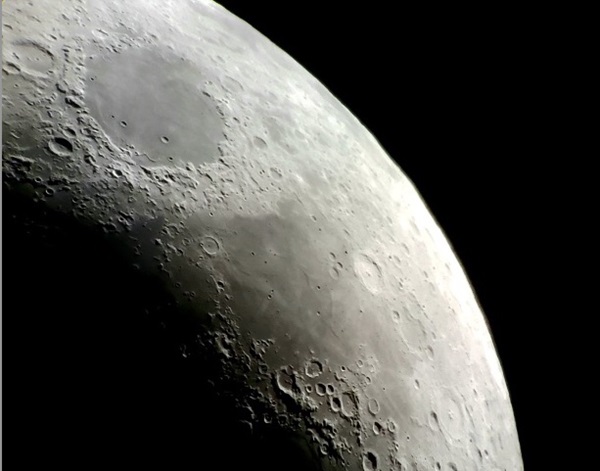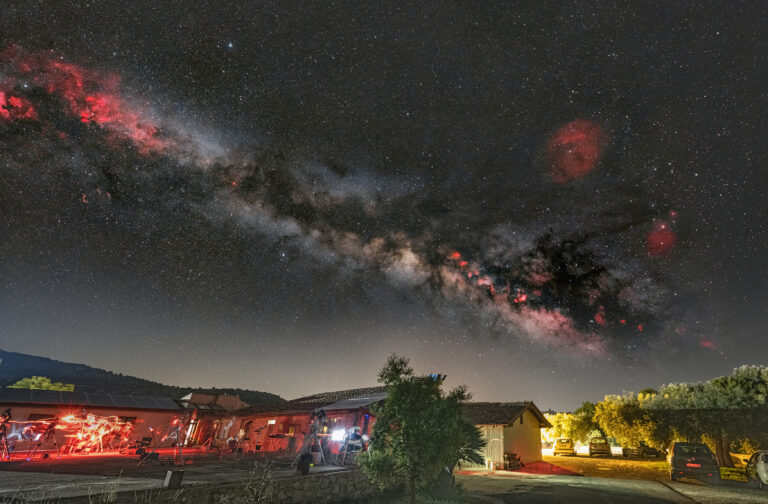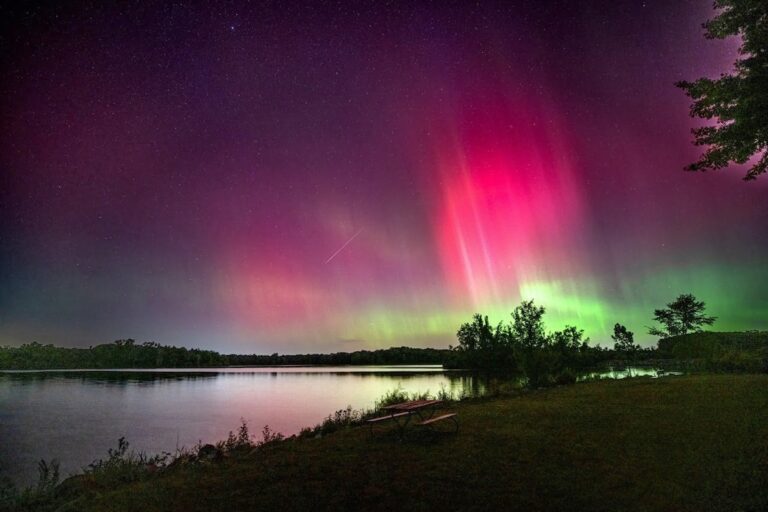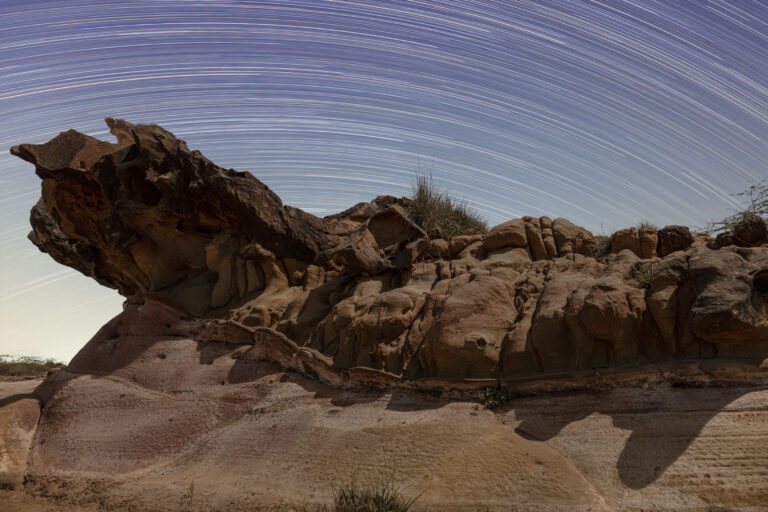Astronomically speaking, I’m a dinosaur. I much prefer to explore the night sky with a no-frills telescope while producing eye-to-hand astroimages with pencil and paper.
I have dabbled with primitive astrophotography, but it didn’t hold my interest for long. Back in the 1970s, I loaded a 35mm camera with slide film, affixed it to a tripod, and took 20-second timed exposures of the constellations. But I never progressed to attaching camera to telescope and taking pictures of the Moon, planets, and deep-space objects.
Even the arrival of computer-driven telescopes and digital imaging failed to pique my interest. I experimented with imaging using a digital camera and a small telescope, which I documented in my February 2010 column “Astroimaging 101.” However, I quickly returned to my old ways the following month with an article titled “Sketching 101.”
In early 2011, I was told that the November issue of Astronomy would be astroimaging-themed. I panicked. Because I had already written about small-scope imaging with a digital camera, I had to up my game.
My first thought was advanced forms of astroimaging. But there was no way I could afford the hundreds, if not thousands, of dollars towards the equipment — a telescope with an accurate drive, imaging and processing instrumentation, etc. — needed to take the kind of cosmic portraits that appear monthly in Astronomy. Even if I could, it would take many months, maybe even years, to master the art.
Then I got an email from Glenn Holland of Marina Del Rey, California, who sent me some impressive images of the Moon taken with his smartphone and an 8-inch Schmidt-Cassegrain scope. Since a smartphone camera is digital, I could revisit the topic from a new viewpoint! While I didn’t own a smartphone (technical dinosaur, remember?), my son did. Armed with a 4.5-inch, f/8 Dobsonian-mounted reflector, after half an hour of trial and error, we managed to get a passable image of the Moon. The article — November 2011’s “Cellphone imaging” — was successfully completed.
Was I finally inspired to abandon pencil, clipboard and paper, and red-filtered flashlight in favor of a high-tech astroimaging setup? Not really. I still preferred the pure pleasure of eyepiece sketching, which, in my view, provides for an intimate connection to a celestial object.
But the seed had been planted. By late 2016, I had a smartphone of my own. Encouraged by my earlier success with my son, I decided to make nightly smartphone images of the Moon with the 4.5-inch reflector, amassing enough to create a small-scope lunar atlas for my personal use. It was tough going initially. Finding the “sweet spot” between eyepiece and smartphone so that the Moon appeared in the viewscreen was time-consuming. I ended up with a fair number of blurry shots in the first few sessions. But it wasn’t long before I had gained a feel for positioning and holding the phone steady as I snapped each picture.
If you’ve never tried smartphone imaging with a telescope, here are some tips:
1. Stick to the Moon as your primary subject. The planets and deep-sky objects require more sophisticated techniques and equipment.
2. Find and turn off your smartphone’s flash — usually depicted by a lighting bolt on the camera. The flash will reflect off the eyepiece, washing out the image.
3. Work with a telescope magnification that’s low enough to capture the entire lunar disk in the eyepiece field.
4. Take up to a dozen shots during your first run. Then step aside and examine each for an acceptable image. If none prove suitable, try another run. You’ll find with each passing night it takes fewer attempts to get an image you like.
5. Store your images in a secure place — not just on your phone. The best photo management system is the one that works for you, and that you will regularly use.
Smartphone imaging of the Moon is also an activity you can share with others. I often bring my 4.5-inch reflector/60x eyepiece rig to public star parties when the Moon is in the sky. After demonstrating how to image the Moon with my phone, I invite the attendees to try their luck with their phones. What better souvenir to take home than a personal image of the Moon?
Questions, comments, or suggestions? Email me at [email protected]. Next month: a voyage to the Bay of Rainbows. Clear skies!










